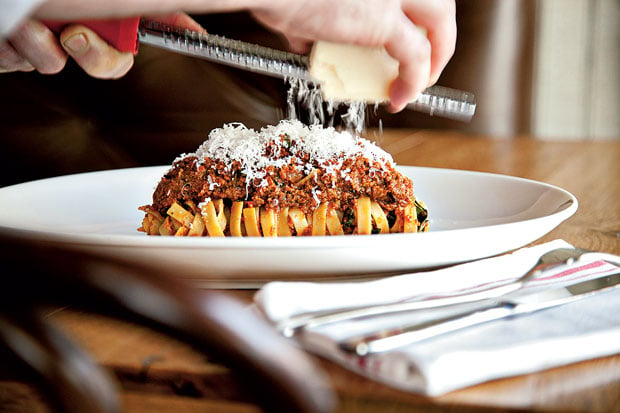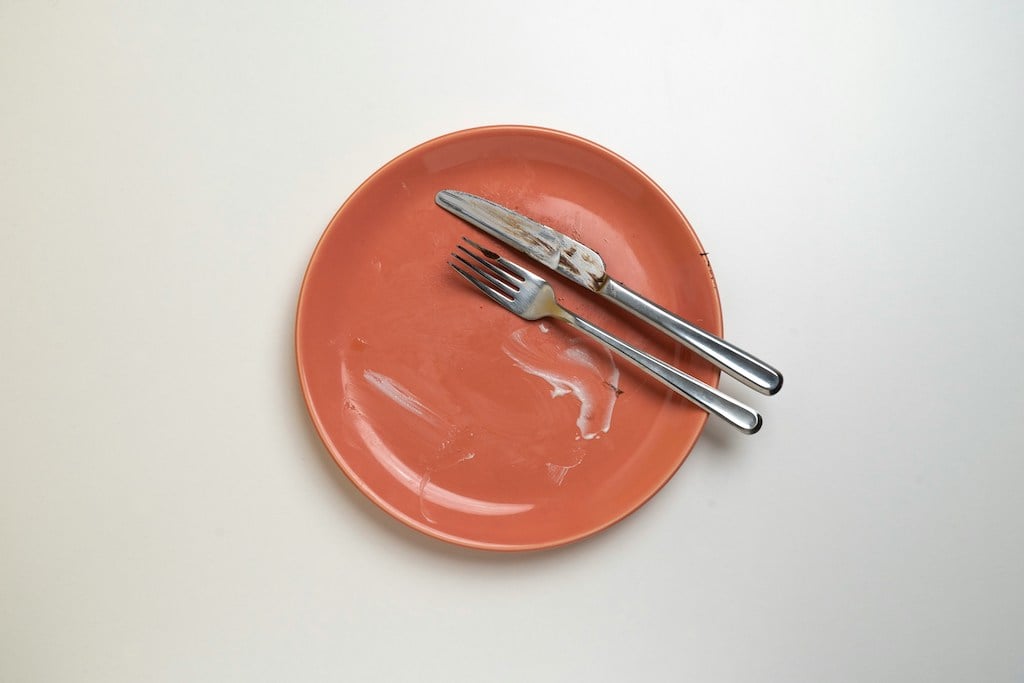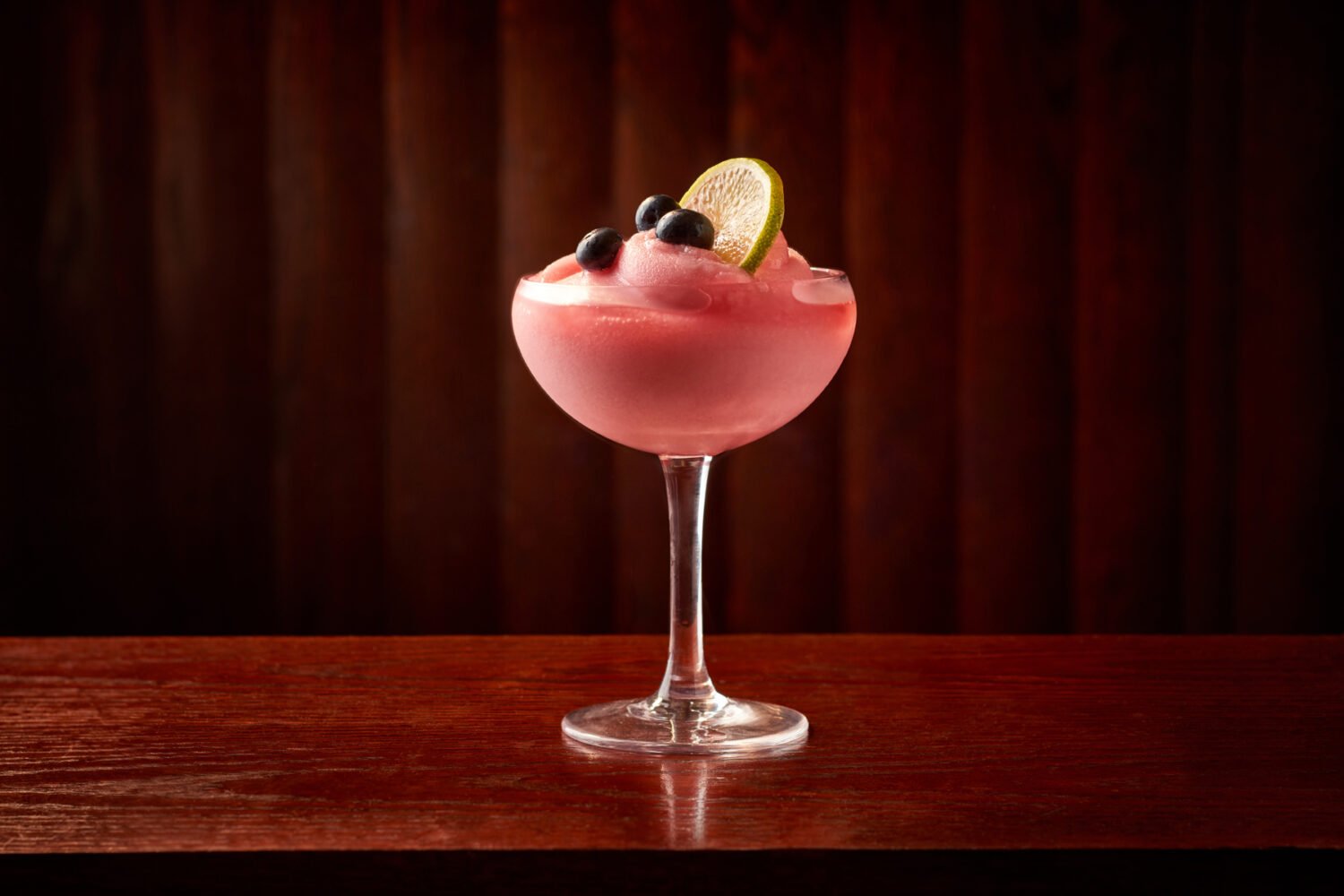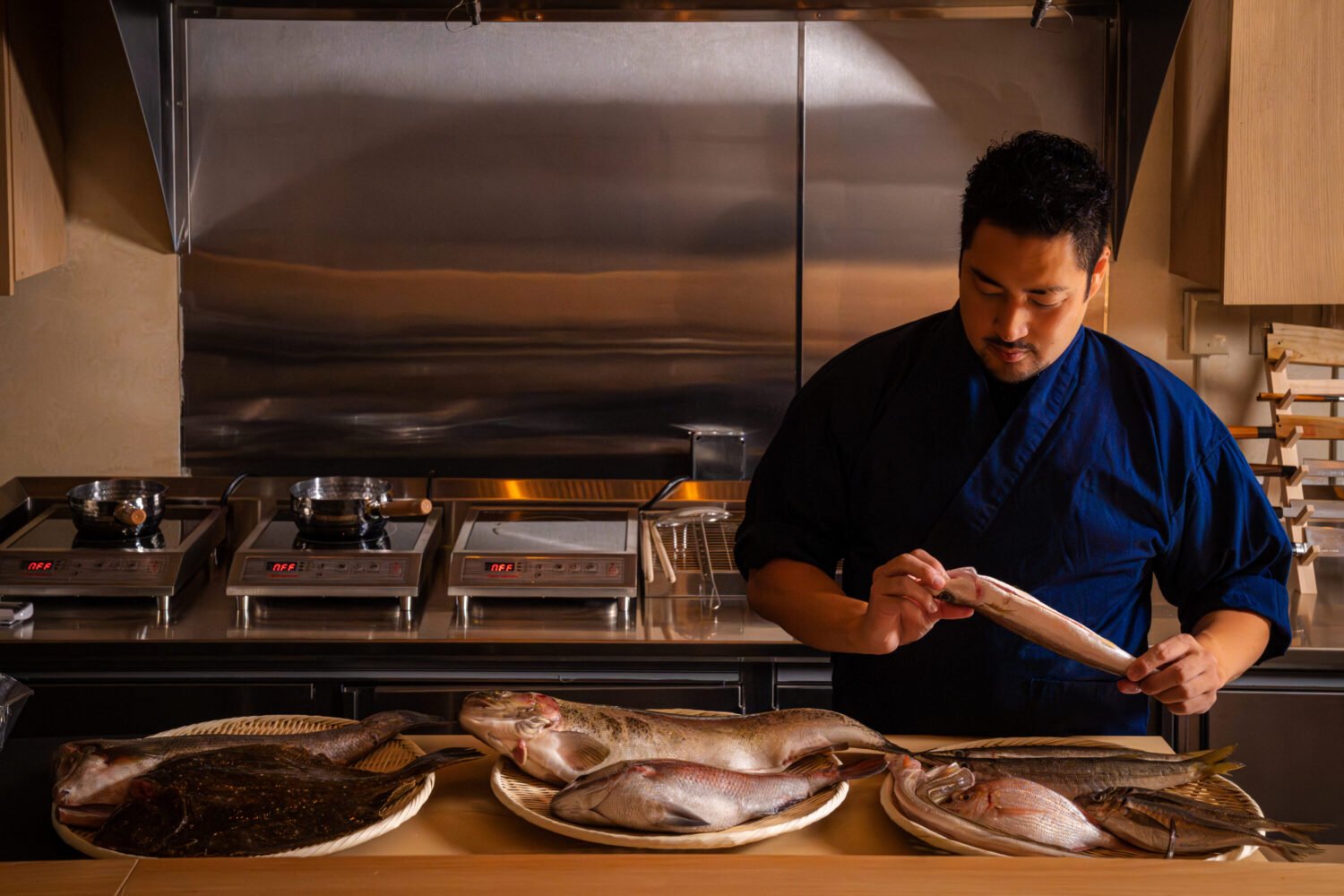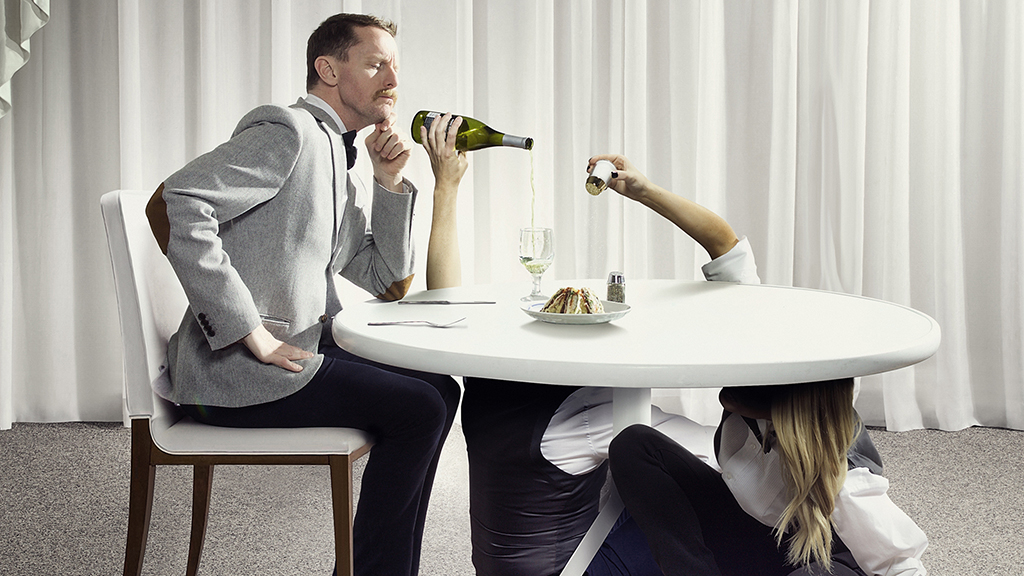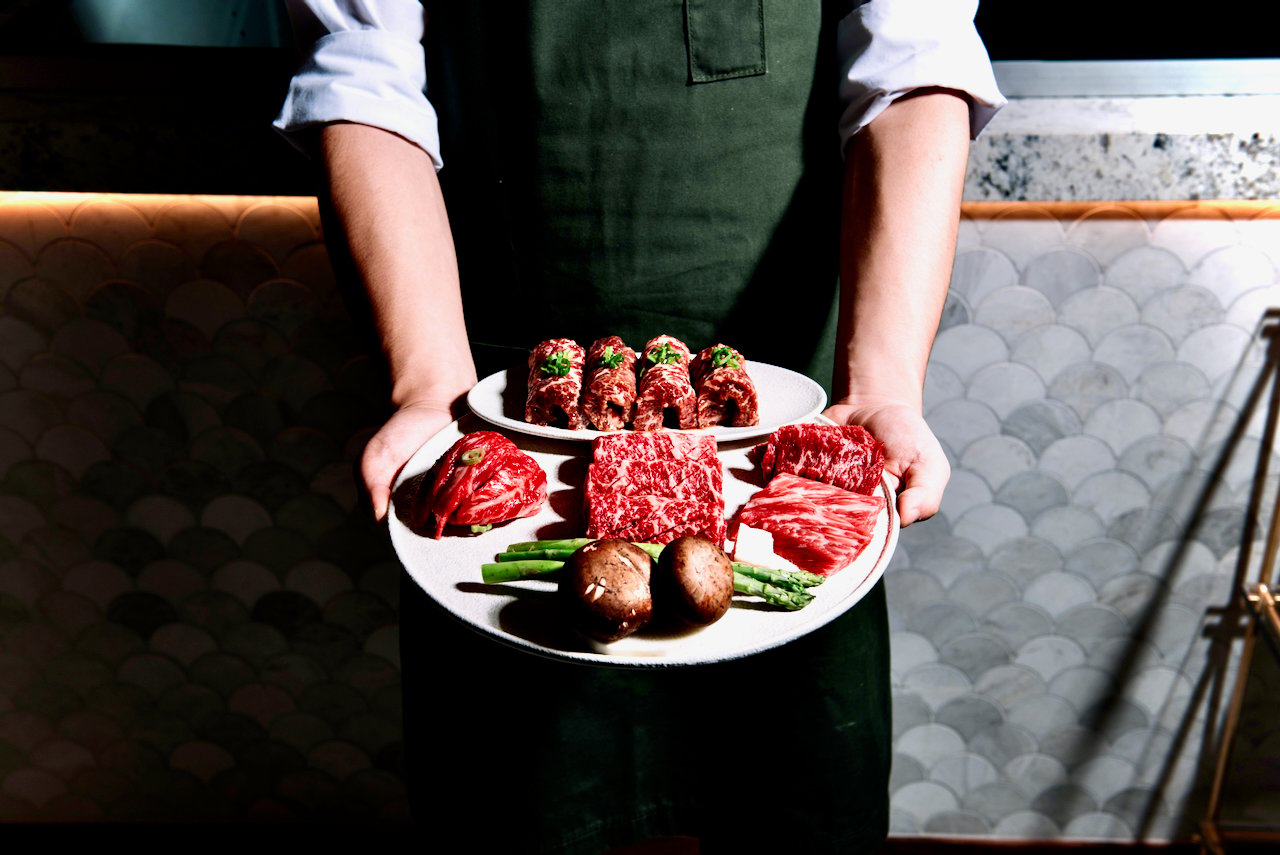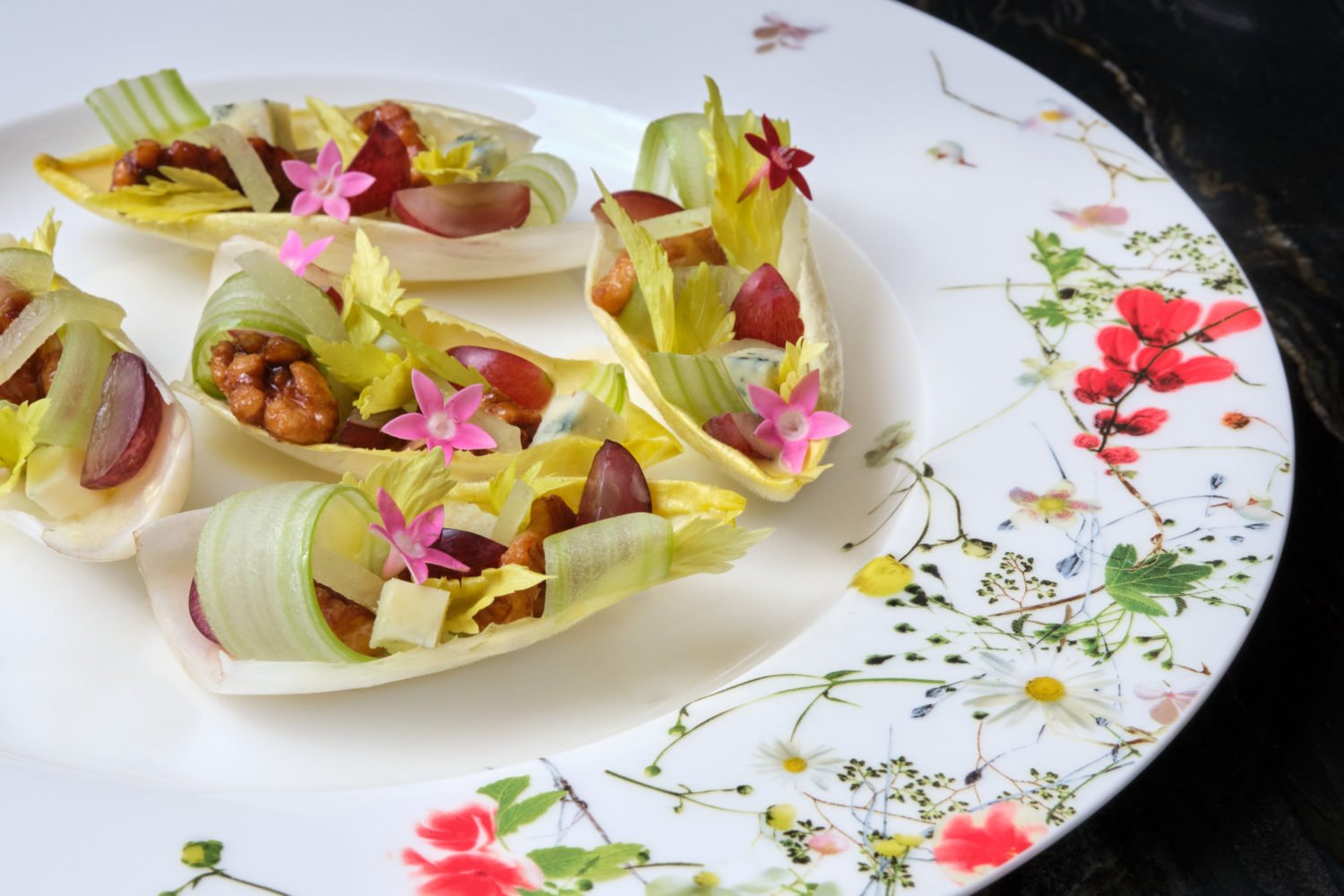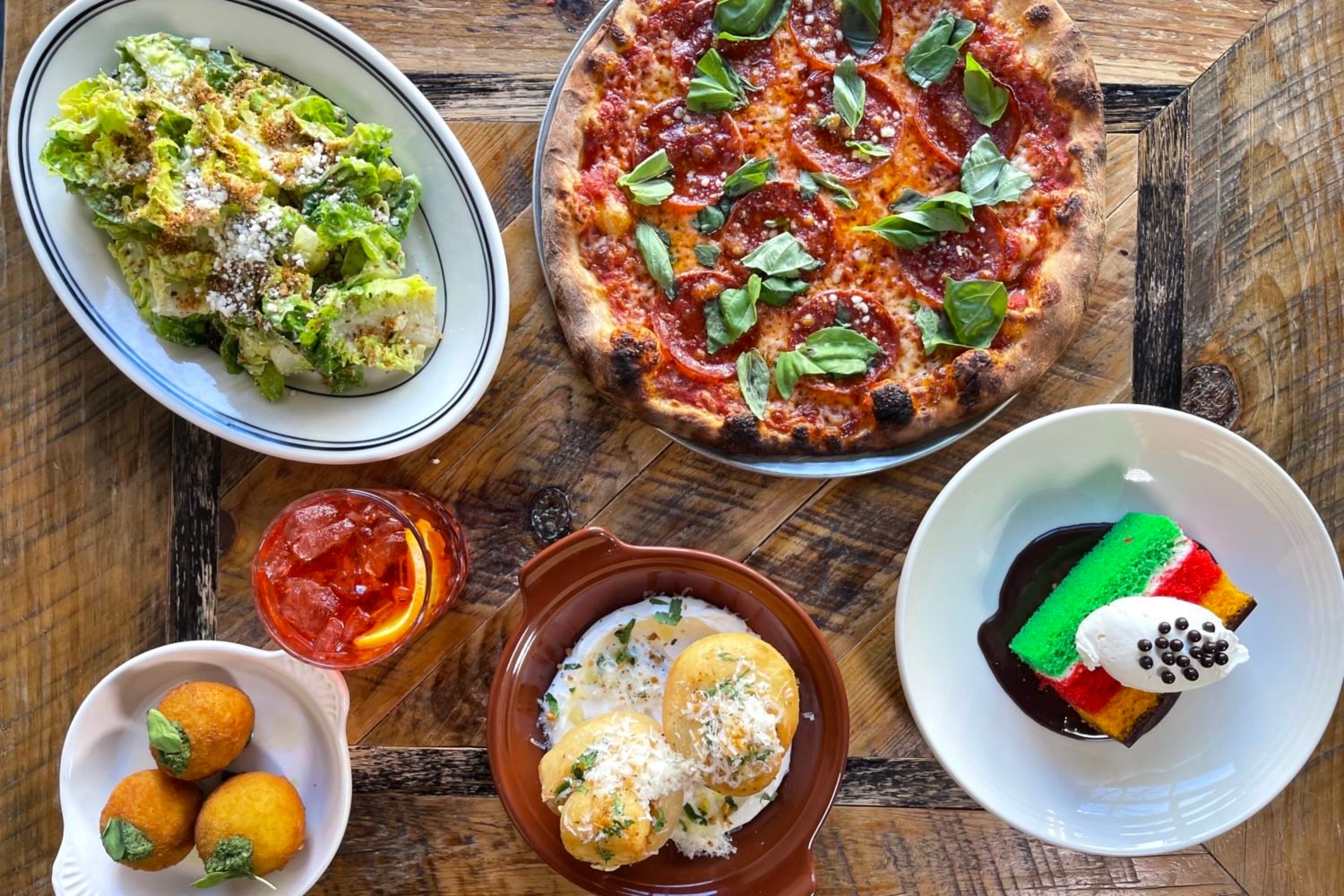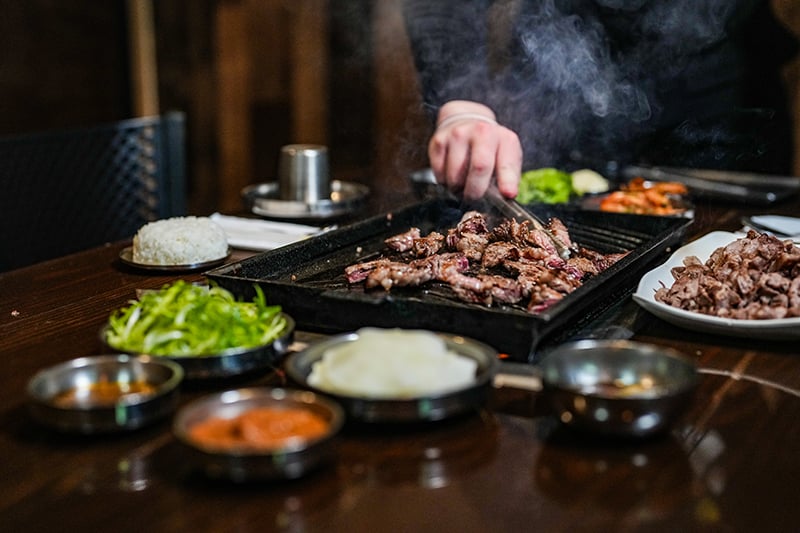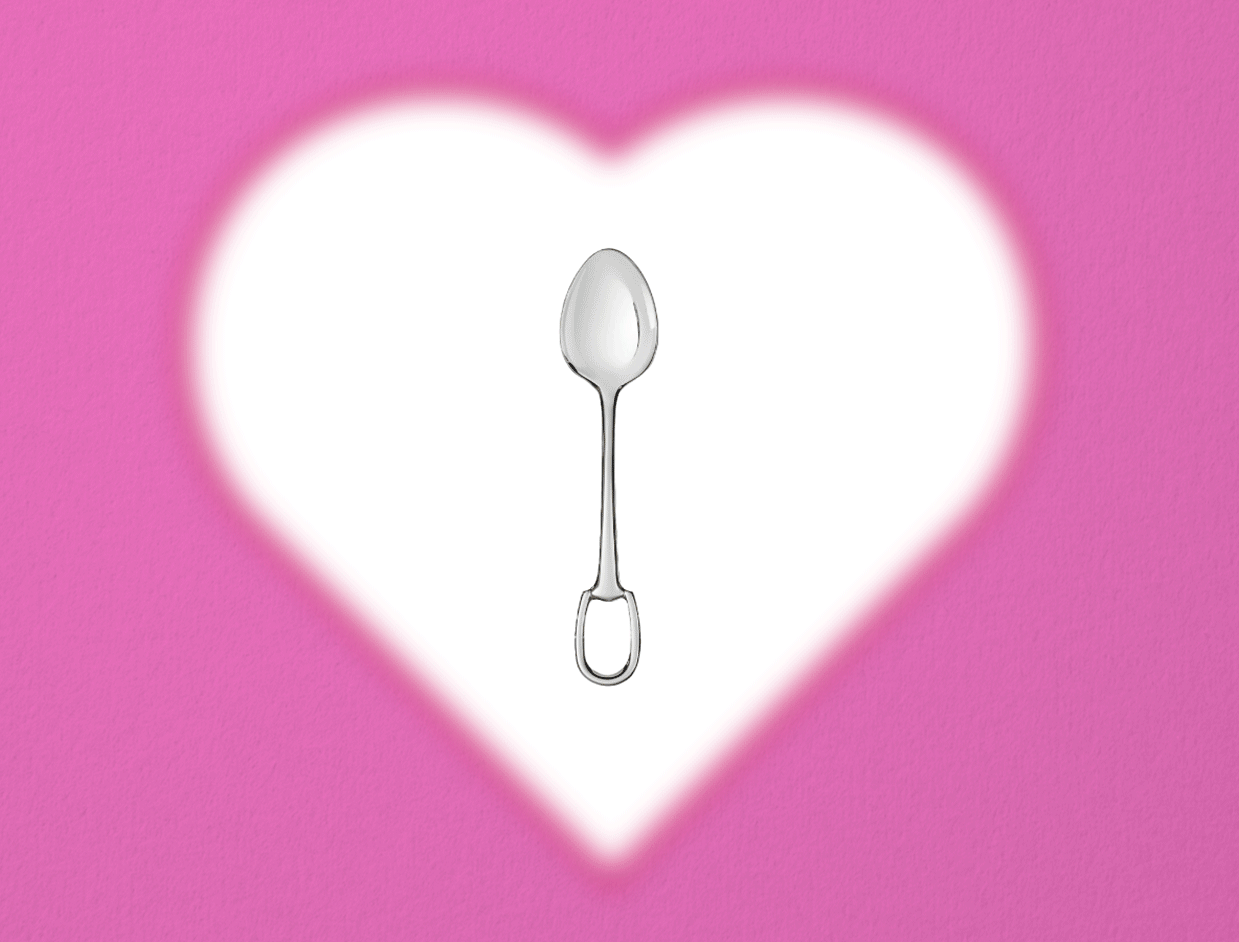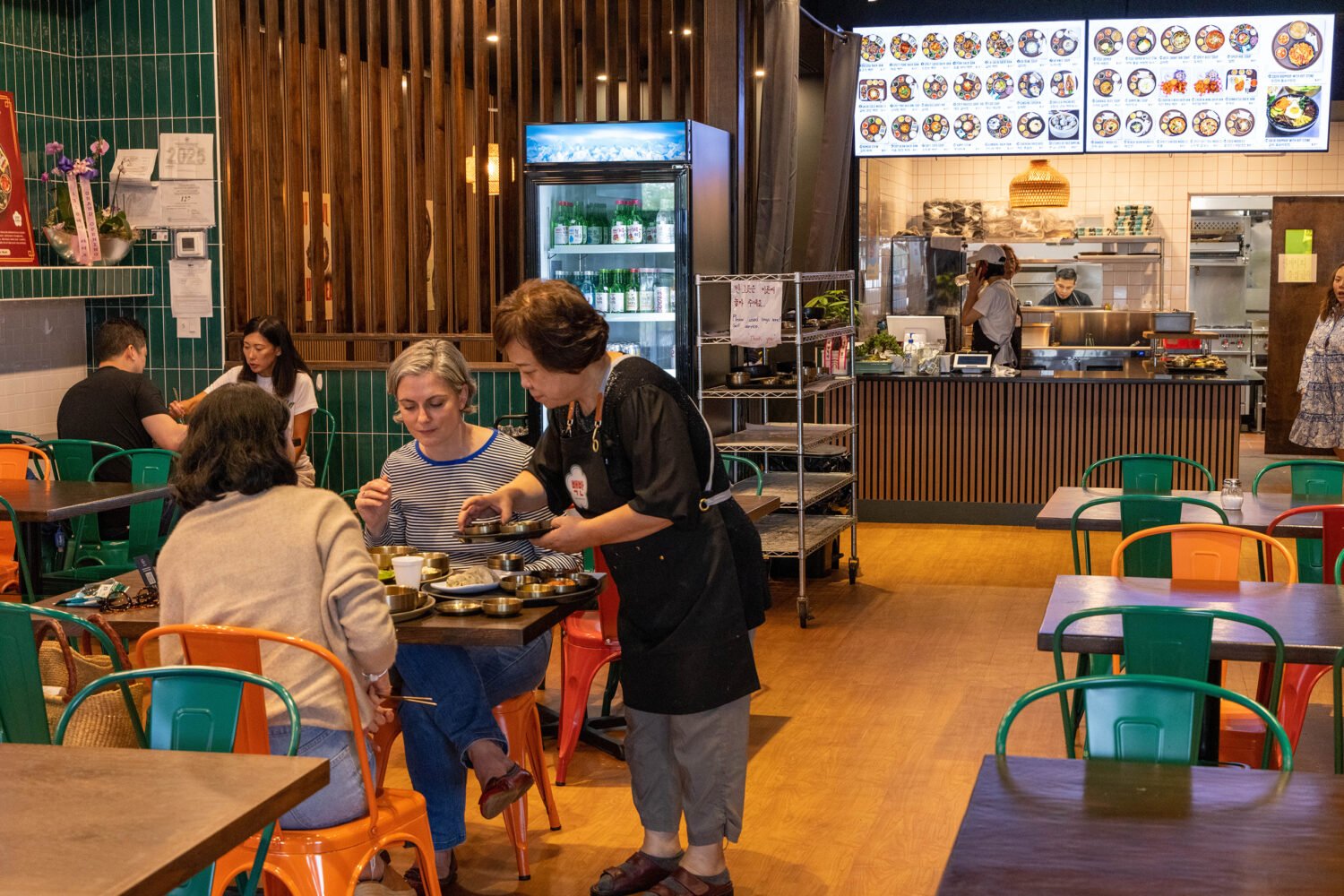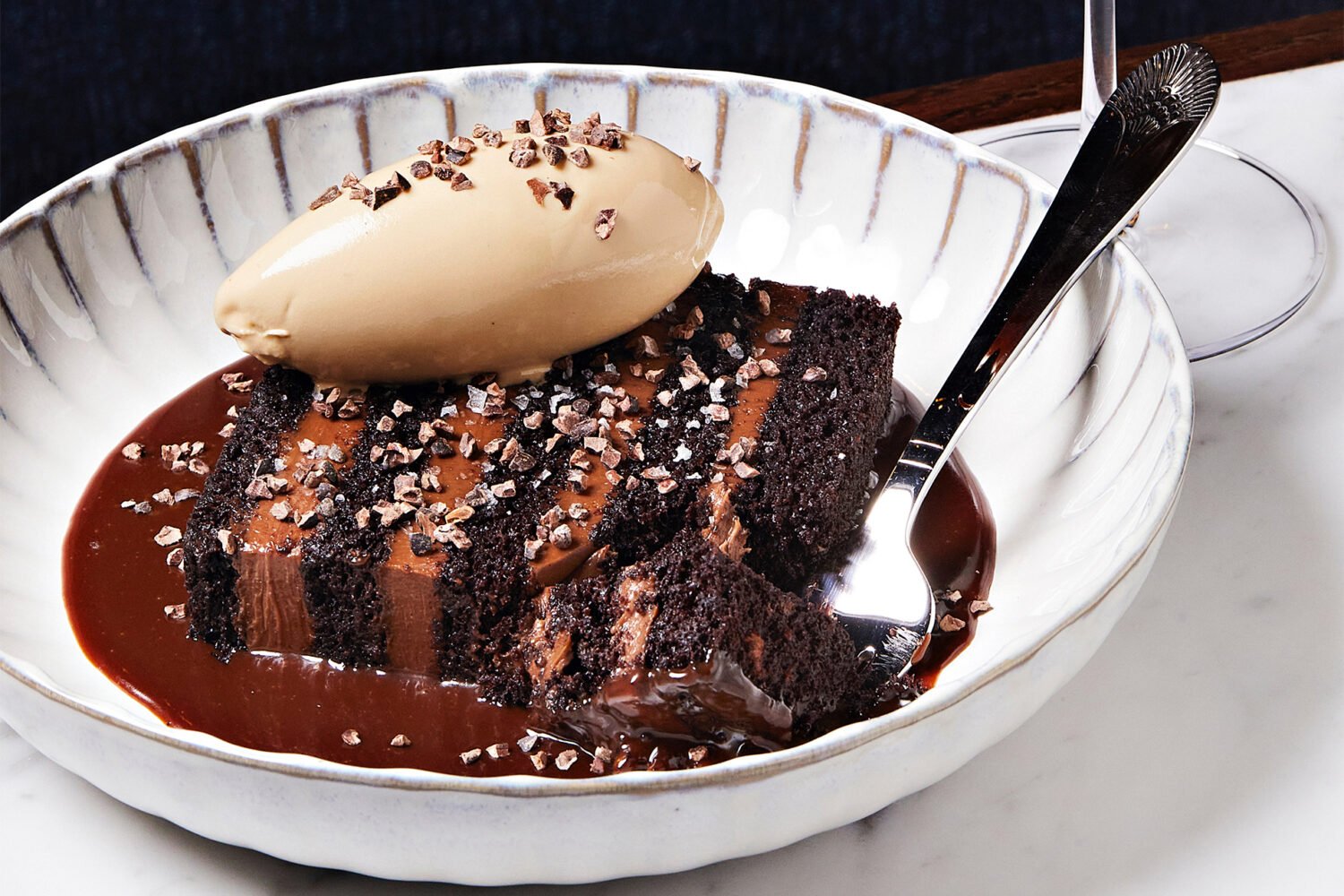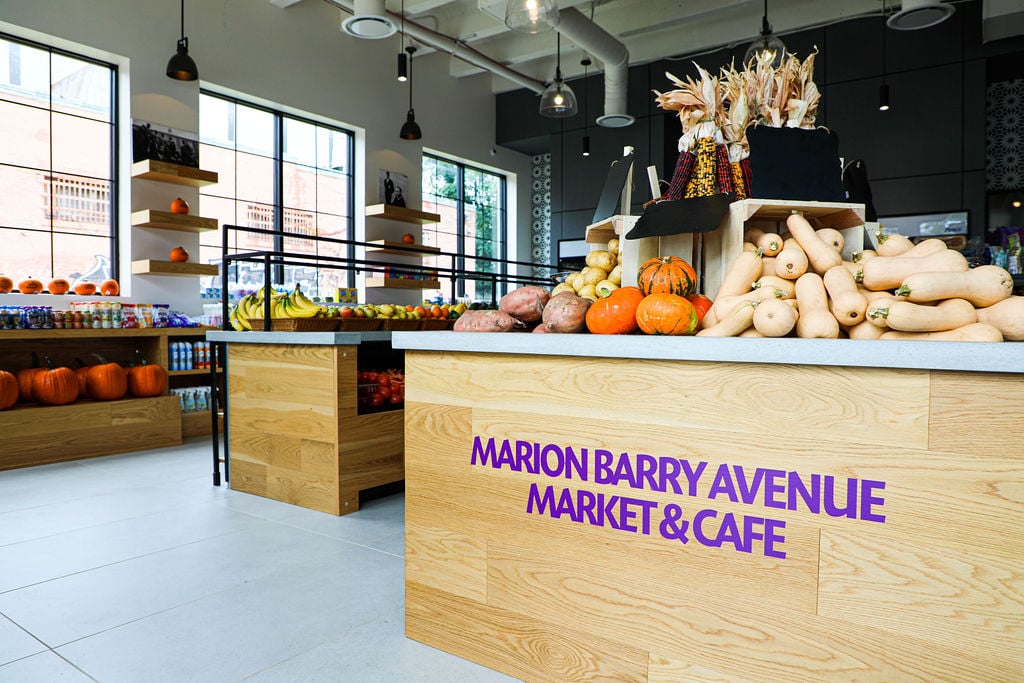Winter Restaurant Week is almost here, with hundreds of eateries offering $20.15 lunches and $35.15 dinners starting January 19. The concept seems like a great deal, especially given the rising cost of dining out in Washington. Still, there are plenty of pitfalls, whether that means spending way more than anticipated or having a mediocre meal. Here’s how to make the most of it.
1) Set realistic expectations
Restaurant Week started as a way to get diners into seats during slower months, primarily the post-holiday and summer slumps. The idea was never to say, Hey, let’s serve our regular menu using the exact same ingredients, and just charge less for it.
Many restaurants meet costs by making portions smaller, swapping out a New York strip for a cheaper hanger steak, or creating off-menu dishes. None of these things automatically makes for a bad meal. Just don’t go in expecting that a Restaurant Week experience will be identical to a regular one.
2) Dine out for lunch
It’s been said many times, but it’s still true: The real Restaurant Week bargains exist at lunch. Three courses for $20.15 is a good deal at most places, especially pricier ones like Blacksalt and DBGB. I’ve spent nearly that at Sweetgreen getting a salad and juice.
Restaurant Week dinner can add up quickly. The $35.15 price tag doesn’t include tax, tip, or alcohol, so factor in two glasses of moderately priced wine, the sales tax, and a 20-percent tip—this isn’t Screw Your Waiter Week—and it’s easy to spend $60 per person, nearly double the advertised amount.
3) Don’t go to inexpensive restaurants
If you really want a deal, don’t pick a dinner place that typically serves entrées in the low $20s and appetizers around $10. Those places are the reason Restaurant Week is so often called “free dessert week.” The best choices for bargain-hunters are restaurants such as Fiola and 1789, where entrées alone can cost $35.
4) Beware extra costs
Plenty of restaurants add surcharges during Restaurant Week, pricing premium ingredients like lobster, crabcakes, and rib eye between $5 and $10 more. They’re clearly marked on RW menus, so check beforehand. It’s tempting to spend just a few extra dollars once you’re at the table, but add enough of those items and the meal will run you the same as (or more than) a regular night.
More “hidden” costs exist on the beverage menu. Cocktails and wine add up fast, though a few restaurants, like Zaytinya and Jaleo, also discount bottles of wine for Restaurant Week.
5) Look for regular menus/dishes
The best bet for quality control is finding restaurants that offer dishes from their regular menus. The Passion Food Hospitality restaurants, including Acadiana and DC Coast, have a tradition of allowing guests to pick any entrée from the regular menu (with a minimal number of surcharges). Others offer their popular classics, such as Rasika’s crispy spinach, Central’s burger, and the pasta Bolognese at Mintwood Place. Beware the one-off chicken breast and farmed salmon, signs that the restaurant is using the promotion to cut corners.

